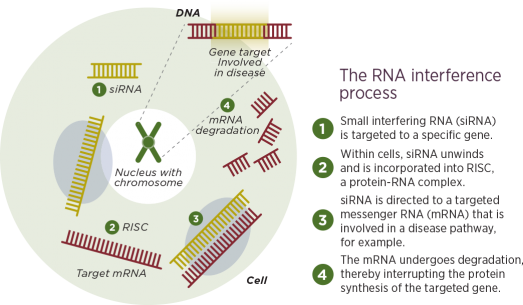Understanding the cellular mechanisms of clubroot disease and developing a new form of clubroot resistance
Key practice: Rather than using genetically resistant varieties or the application of soil amendments and fungicides, this study is working to develop a new, alternative approach to clubroot resistance by silencing pathogen gene expression within the plant itself.
Project title, Lead researcher: “Genomics of Clubroot disease development in canola and development of in-plant RNAi to impart novel resistance,” 2010-15, Peta Bonham-Smith and Yangdou Wei, University of Saskatchewan
Grower organization funder: ACPC, SaskCanola
Clubroot, caused by Plasmodiophora brassicae, is one of the most economically important diseases affecting canola. Through the detailed study of the cellular and molecular mechanisms underlying P. brassicae development within the plant, the joint research program of Peta Bonham-Smith and Yangdou Wei has found a low level of plant resistance gene expression in the plant root response to P. brassicae infection. From a library of RNA extracted from canola root gall tissue, the project identified previously undocumented P. brassicae sequences. These sequences provide a range of potential molecular targets to achieve clubroot resistance through select gene silencing (RNAi) within the pathogen once it has infected the plant root.
This project focuses on pathotype 3 of clubroot, the predominant pathotype in Western Canada. In order to continue providing resistance to clubroot in canola, research is needed to identify how the pathogen infects plants and how the infection spreads internally.
One of the project’s objectives was to extract RNA from canola (B. napus) root gall tissue and construct a compli-mentary DNA (cDNA) library from canola infected with P. brassicae. From the library, 20,000 clones were picked. Of these, 10,000 full-length cDNAs were sequenced. Of these, 7,000 sequences have been analyzed and annotated against the National Centre for Biotechnology Information (NCBI) database, with 2,730 cDNAs from the
P. brassicae pathogen and 2,590 cDNAs from infected canola. Examination of the plant’s response network to P. brassicae infection showed a low level of gene expression involved in defence stress responses and cell wall reinforcement. The sequencing revealed detailed molecular pathways of both the pathogen and the host response to clubroot formation.
RNA interference (RNAi) is a natural process cells use to suppress the activity of specific genes. RNAi has been exploited in plants for resistance against pathogens, insects, nematodes and viruses. In an attempt to develop canola plants with P. brassicae resistance, one of the main objectives of this project is to generate transgenic B. napus plants with the ability to silence specific P. brassicae sequences, and therefore disrupt the pathogen life cycle. Researchers are using the much smaller canola relative plant, arabidopsis, to test the effectiveness of RNAi in providing resistance to the pathogen.
Using a dual culture system, researchers performed clubroot disease testing in petri dishes and examined the cellular interactions between P. brassicae and arabidopsis. Observations revealed that both epidermal and cortical cells of root elongation zones (growth zones) are primary sites for P. brassicae infection. Further analysis indicated altered auxin homeostasis in this region, which may contribute to disrupting normal growth and differentiation of these tissues, resulting in gall formation.
EST sequencing (expressed sequence tag or short sub-sequences of a cDNA sequence) has allowed researchers to identify approximately 180 putative secretory proteins from among the 2,522 sequenced P. brassicae transcripts, the vast majority of which have not been previously documented (earlier this year the genome sequence of P. brassicae was published). These sequences provide a range of potential molecular targets to facilitate the RNAi approach to clubroot resistance.




